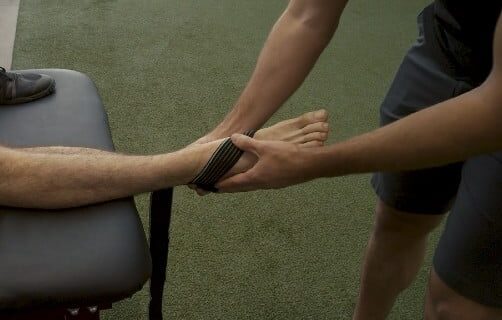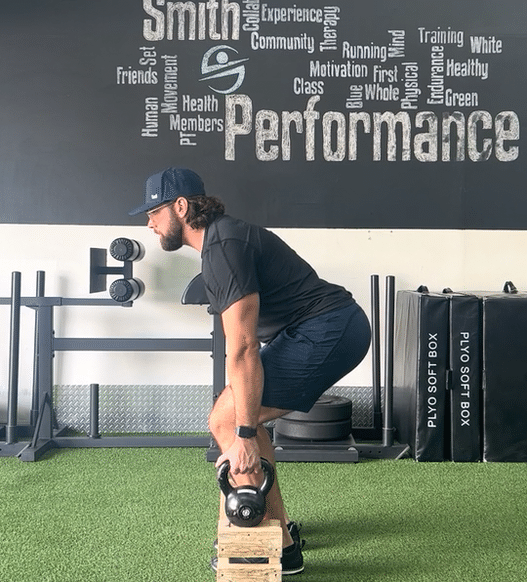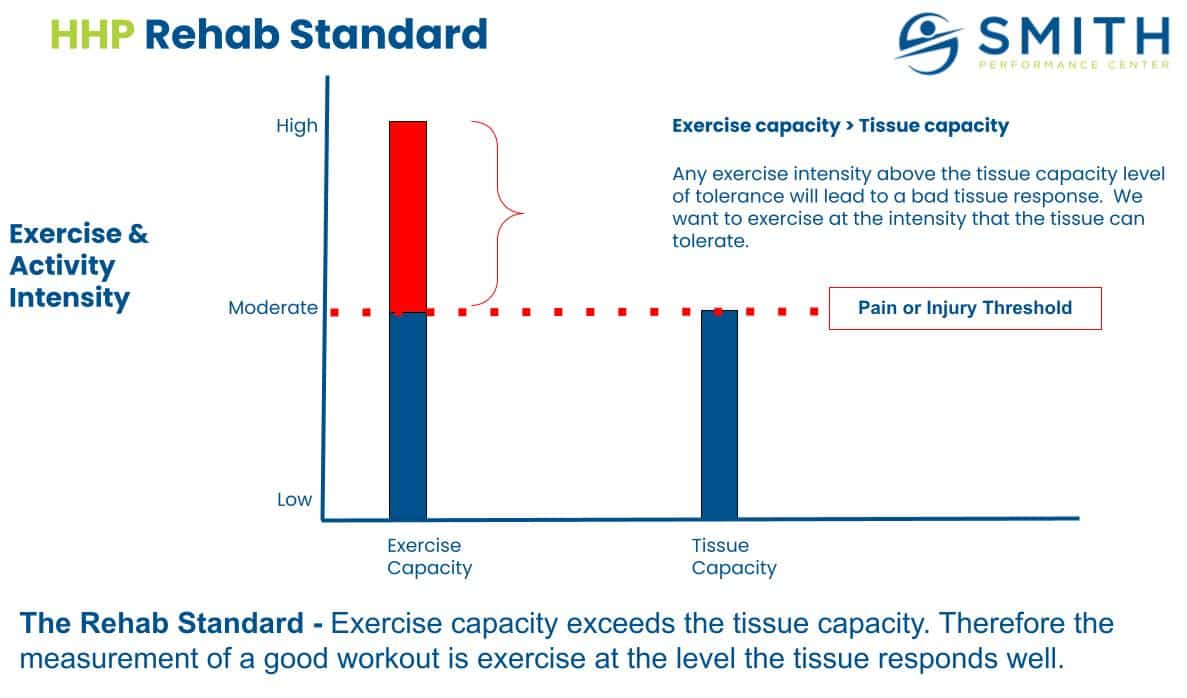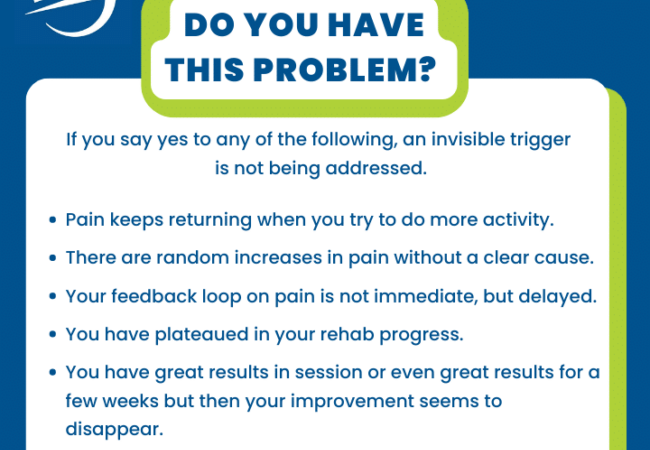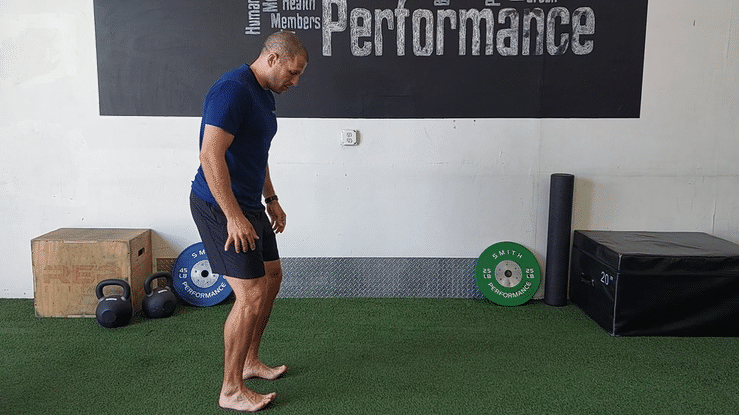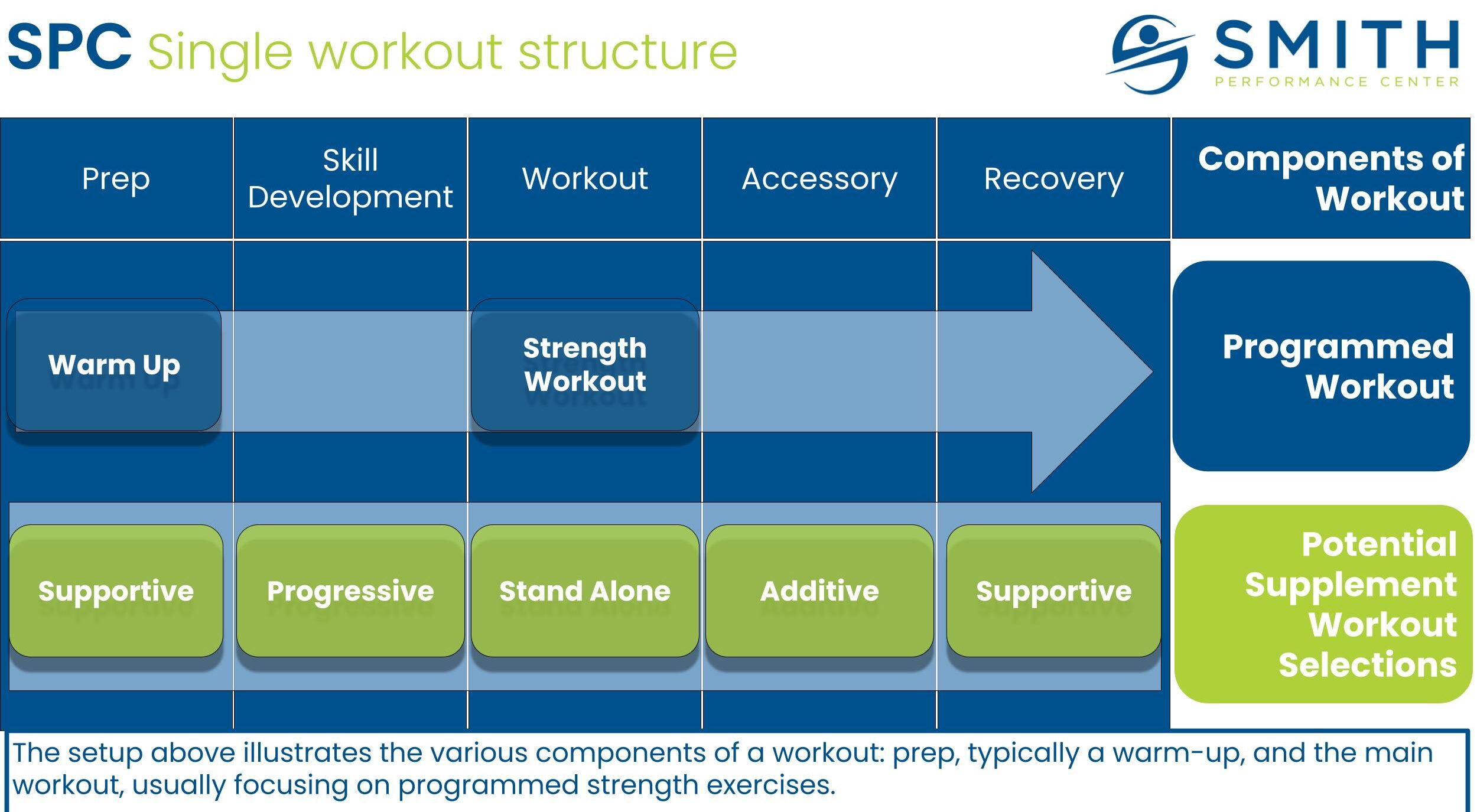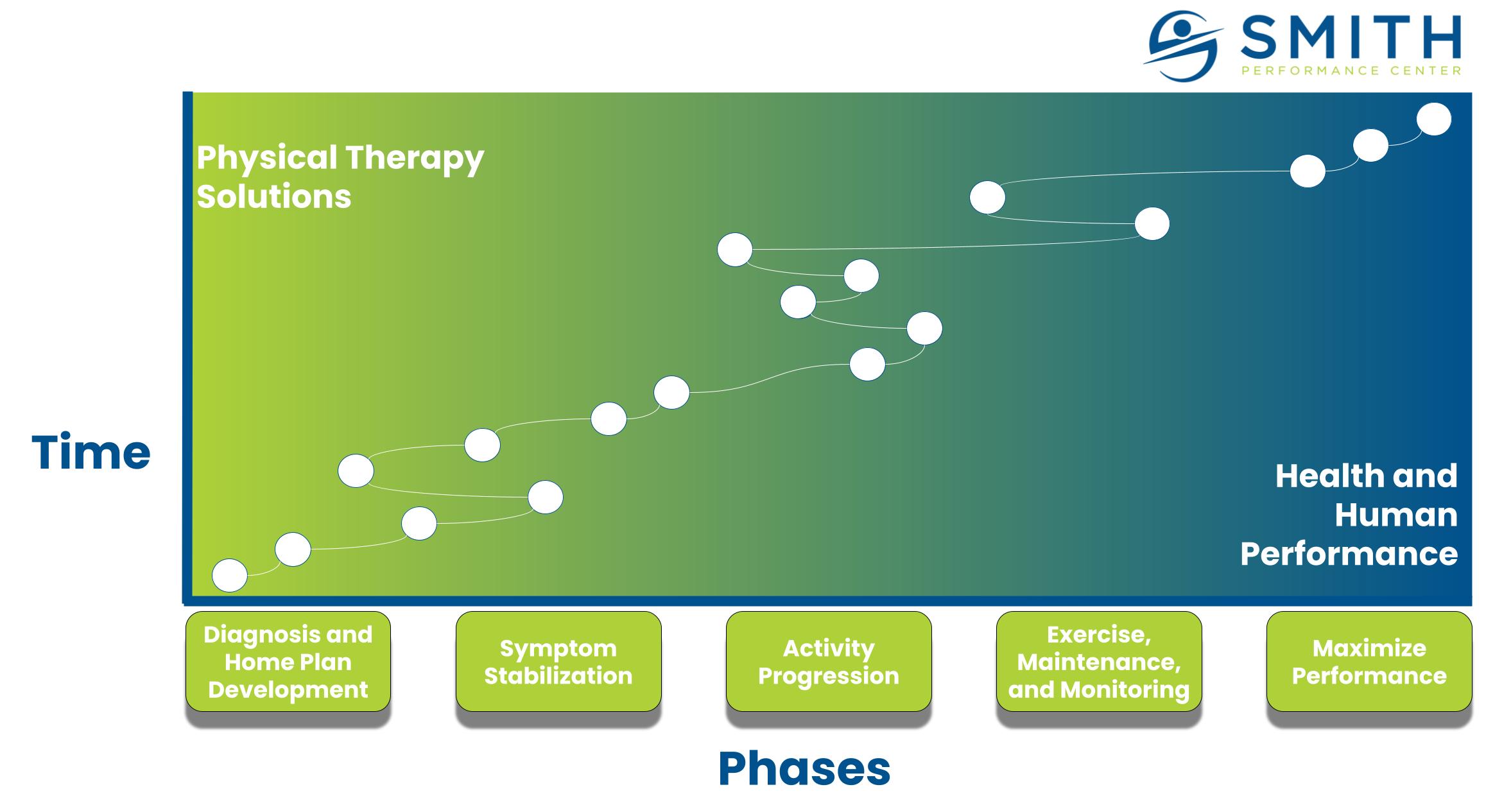
What are the phases at Smith Performance Center?
At Smith Performance Center, we focus on the main problem of the client. This focused process revealed a recurring set of problems that many of our clients experienced. This led to an overall process we call SPC Phases. There are 5 phases for our clients at Smith Performance Center: Diagnostics and Home Plan Development, Symptom Stabilization, Activity Progression, Exercise, Maintenance, and Monitoring, and Maximize Performance. Each phase consists of a main problem, the common challenges experienced by the clinician, coach, and client when managing your problem, steps to achieve along the way, and a promise for what you get when you complete the phase. We believe a clear process matters to your overall success. We want to explain the problem, common challenges, steps to achieve, and the promise. The Focus On A Problem The focus of a phase is the problem being solved. In Diagnosis and Home Plan Development, we

